How Does Fat Leave Your Body During Weight Loss?
Ever wonder where the fat goes when you are on a weight loss diet?
Most people think that fat converts to energy; some think fat turns into muscle, and others assume it escapes via excretion.
Knowing more about fat metabolism becomes necessary due to many misconceptions about how weight loss works. Not just that, where you lose fat also plays a crucial role.
Understanding Body Fat
There are two types of body fat. One is visceral fat or white adipose tissue. It is often present around the belly and accumulates around the organs.
It is a little stubborn and leads to health complications like diabetes and fatty liver disease. So it’s necessary to try and avoid visceral fat. If you have visceral fat, start focusing on healthy eating and leading an active lifestyle.
The second type of fat is brown adipose tissue. It is the essential or good fat with various vital functions. For example, brown adipose tissue regulates body temperature by burning calories and keeping the body warm. Brown fat also has a more significant number of capillaries, which helps transport nutrients and oxygen throughout the body.
When you consume more calories than your body needs, the body stores it in fat cells in the form of triglycerides. Whether it’s liquid or solid, all fat is present as triglycerides. When you overeat and lead a sedentary lifestyle, these fat cells can build up and cause weight gain.
How Does Fat Leave the Body When You Lose Weight?
Fat loss is a complex process. When you’re on a weight-loss regimen, the fat cells start to shrink. A recently published study shows that you breathe out the fat, or your lungs expel around 84% of the fat as carbon dioxide. Therefore, you’re breathing away those pounds.
For example, if you lose 10 kg of fat, about 8.4 kg of fat comes out through your lungs, and only 1.6 kilograms turn into water. Therefore, the lungs are the primary organ through which you lose fat.
The fat cells in your body store triglycerides, a type of fat in the blood made of carbon, hydrogen and oxygen. So to lose weight, you need to break down those triglycerides.
The triglycerides release fat as carbon dioxide and water atoms during fat metabolism or oxidation. In other words, fat leaves the body as carbon dioxide when you exhale.
The fat which becomes water mixes into your circulation until it’s lost as urine, tears, sweat and other bodily fluids. Therefore, exercise is an integral part of weight loss since your body disposes of fat through sweat, urine, and exhaled air.
The point to remember here is that you need oxygen to complete this metabolic process. The fat metabolic process requires ample oxygen, nearly three times the fat you lose. So, to completely lose 10 kg of human fat, around 30 kg of oxygen must be inhaled to oxidise fat to carbon dioxide.
Are You Losing Fat? Simple Ways to Know
There are a couple of signs that show you’re burning fat, or you can consult a professional to know for sure. The most significant changes are feeling healthier overall and waking up feeling less sluggish.
Some other signs of fat loss are:
You’ll see changes in your body composition. Losing pounds or losing inches is the primary sign you’re burning fat. It leads to a slimmer appearance and more muscle definition.
Your exercise stamina increases, and you are getting fitter. As a result, your physical activity level shows improvement.
You don’t feel any energy slump in the afternoon and experience a better mid-day energy level. In addition, your energy stays stable throughout the day.
Tips for Losing Excess Fat
When starting weight loss, it’s important to allow the body time and not to try shortcut methods such as using diet pills and fat burners that can cause the body harm in the long run.
There are no shortcuts to weight loss and remembering that your body needs time to recover and adapt is step one. Not all bodies have a similar metabolic rate, which explains why we all can eat and exercise the same, but our bodies will still look very different.
Losing the excess fat cells is about the difference between your calorie intake and the calories burnt. To initiate the weight loss process, you must be on a calorie deficit, i.e. you must eat fewer calories than you burn. However, too much calorie deficit can disrupt your day to day activities as you will not have enough energy.
You can maintain a calorie deficit in two ways. One is by burning more calories, and the other is by putting fewer calories in the body. When you follow both of these simultaneously, you will be able to see the results quickly.
You can burn more calories by engaging in physical activity. You can put fewer calories in your body by closely monitoring your diet. Research on this subject has shown that a calorie deficit of 500 to 1000 kilocalories (kcal) per day is a practical way to lose weight.
Engage in Physical Activity
A big reason for the global crisis of being overweight is insufficient physical activity. The leading cause of this is the passive nature of most occupations and people’s inappropriate time to undertake any physical activity.
Doing sufficient physical activity ensures that you are burning calories, which isn’t taking place in reality.
Doing moderate-intensity exercise for 150-250 minutes per week can be helpful for fat loss. You can do various physical activities to accelerate fat loss through sweat and exhalation. These include:
Yoga
Zumba
Dancing
Weight training
Bodyweight movements
Walking
Jogging
Running
Cycling
Swimming
Diet Planning
The second tool in the weight loss journey is your diet. What you eat and how much you eat determine how much fat you can lose.
A calorie deficit diet plan will help you but you need one that still provides you with the necessary amount of protein, complex carbs, healthy fats, vitamins and minerals. Pre planning your meals or following a proper plan allows you to have healthy, delicious, low-cal meals. You can keep the following things in mind when it comes to diet for weight loss:
Increase Your fruit and vegetable intake
Recent research has shown that fruits and vegetables have a lot of fibre and water with fewer calories. As a result, it satisfies your hunger and, at the same time, significantly reduces your calorie intake. So try to eat lots of fibre and protein to balance the meals.
Use smaller plates to eat from
An interesting study shows that people fill up about 70% of their plates with food, regardless of the plate size. So, reducing the size of utensils will likely help you reduce your overall calorie intake.
Mindful Eating
Try to eat slowly. It tricks the brain that you have eaten enough. Be mindful of the nutritional value per serving. The Japanese believe in stopping when they are 80% full.
Limit distractions when you are taking meals. It helps focus your attention on your food. A study shows that attentive and mindful eating is likely to reduce food intake. It serves as a novel approach to aid weight loss without the need for conscious calorie counting. Additionally, mindful eating can also help avoid overeating.
Precautions
Getting rid of excess weight is highly beneficial, especially in the long run. It is necessary to maintain healthy body weight to lead a long and healthy life. However, beginners should be cautious of some misconceptions and take adequate precautions, so there is no harm to their bodies.
Do Not Eat Skip Meals
A lot of people commit this error. They start skipping meals or eating too little, thinking that it will help them lose weight fast. Unfortunately, this approach does not work. Instead, it is harmful.
Eating too little deprives your body of its energy to continue essential functions. Eating less also weakens your immune system and makes you more susceptible to diseases. If you want to cut down on calories, do it slowly.
Spot Reduction Does Not Exist
The concept of spot reducing or selective reduction of fat is not possible. Spot reducing is the misconception that you can burn fat from a specific body part by selectively exercising that area.
However, putting too much focus on a particular muscle or group of muscles to reduce fat might not lead to good results. Instead, that would cause you to overtrain those muscles, which might cause muscle rupture and damage.
Do Not Lose Fat Too Fast
You need to understand that only a sustainable journey is beneficial in the long run. Rapid fat loss will do more harm than good. A study shows that body composition is more favourable following a slow weight loss.
Rapid fat loss can lead to many problems like headaches, fatigue, body pain, micronutrient deficiency and muscle loss. In women, rapid weight loss causes menstrual irregularities. Instead, aim for a gradual process, which will be more enjoyable and sustainable.
Conclusion
Despite society’s obsession with weight loss, most people don’t know what happens to fat when they lose it. Contrary to popular belief, your body doesn’t convert your fat into heat or energy. Instead, you breathe it out.
So the correct answer is that you breathe out most fat you lose as carbon dioxide. After that, it goes into thin air. But unfortunately, this doesn’t mean that simply breathing will help you lose weight.
Therefore, you still need to do regular exercise to break down the fat in the first place. Moreover, you can only breathe so many times a day. So there’s a limit on how much fat you will lose in a day with no exercise.
Frequently Asked Questions (FAQs)
A. Yes. When you gain weight, your skin stretches to cover your entire body. Even if you lose weight, you still have the stretched skin covering your body. However, now, the fat cells have decreased in size. It leaves the skin loose and flappy. But you can get rid of this loose skin and tone your body by including weight training and muscle building exercises in your exercise regime. It will make your skin tightly wrap around your body.
A. There is no such thing as spot reduction, and it does not work. However, some individuals first shed weight from a particular area like thighs and arms, and some from other places. However, this is different for different individuals and cannot be generalised.
A. A good diet and exercise regime can help you lose weight quickly. However, it would help if you kept in mind that the concept is about the number of calories you eat and the calories you burn. In addition, the fat loss journey varies amongst different bodies.
A. Yes, when you lose weight, energy from fat cells throughout the body is released uniformly. So the belly fat will also go away as you lose weight.
A. Various signs indicate that your body is losing weight. The most obvious one is that you will see your clothes fitting differently. You will also know that you are no longer hungry all the time. You may also see some muscles building up as you shed more pounds. Further, you experience general well being and an elevated mood when you lose weight.
A. Approximately 16% of the fat you lose is released from your body through liquids. It can be in the form of urine and sweat. When our bodies undergo a fat loss process, the urine colour often changes to bright or dark yellow. In addition, it is not necessary to have an oily appearance.
A. Different individuals have different responses to fat loss regimes. However, losing weight from the love handles and the lower back is the most difficult for many people. In addition, visceral fat in the belly region is also hard to lose.
A. The breakdown of fat cells occurs in two primary forms. One is in the form of water, and the fat leaves as sweat or urine. In addition, about 84% of fat leaves your body as carbon dioxide during exhalation.
A. Weight loss generally occurs in 4 stages. The first stage is Glycogen depletion. The second stage is the actual fat loss. It is the stage people aim to reach when they think about weight loss. The third step is the weight loss plateau, where weight loss becomes extremely slow. The fourth stage is related to metabolic recovery. Please note that this process occurs whenever weight loss occurs throughout the body.
A. Fat burning happens when your body is at a calorie deficit. Weight loss is related to fat loss. When you are on a calorie deficit regime, the body breaks down fat through oxidation.
A. Though different people lose weight from other areas fast when they are on a weight loss regime, most find it difficult to lose weight from the stomach area. The reason for delayed results in the belly area is the presence of alpha cells in the fat cells stored in the belly area. Moreover, the visceral fat in the belly region is hard to lose.
A. To get a flat stomach, you need to follow a properly planned diet and exercises. Both these things, when done simultaneously, can start to produce results in 6-12 weeks depending on the person’s medical and physical conditions


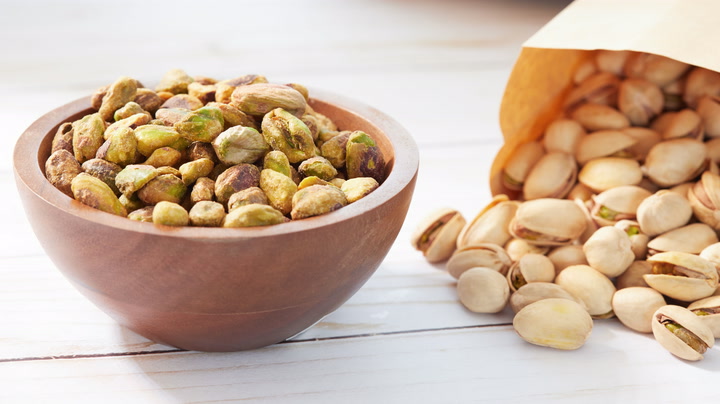
 Health
Health
 Money Talks News
Money Talks News
 New York Post
New York Post Medically reviewed by
Medically reviewed by 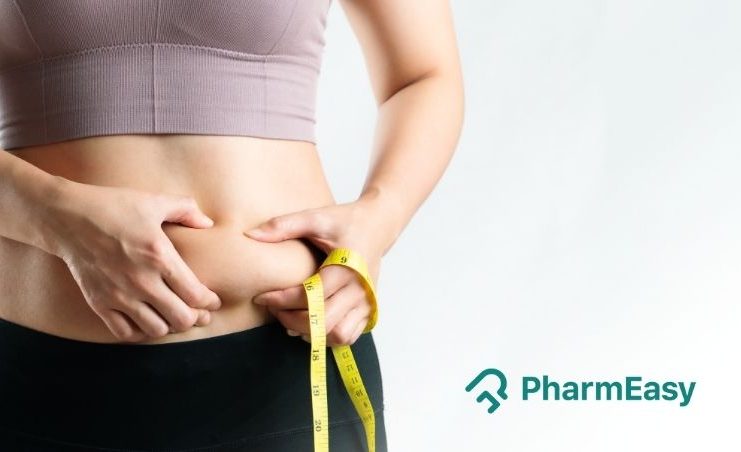

 Upto 50% from PharmEasy.in
Upto 50% from PharmEasy.in



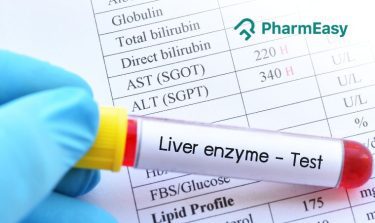
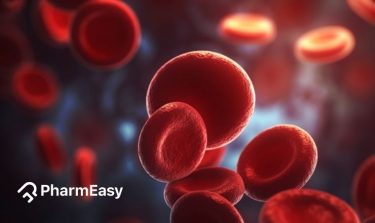

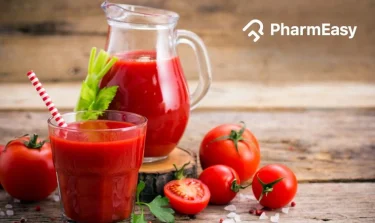
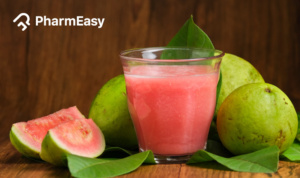
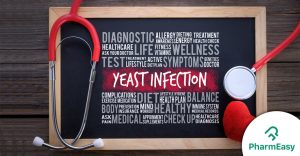
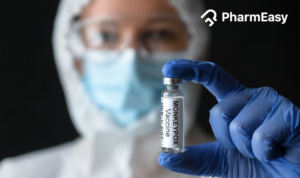
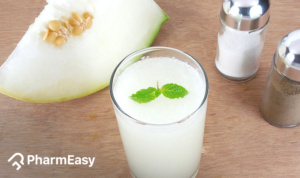
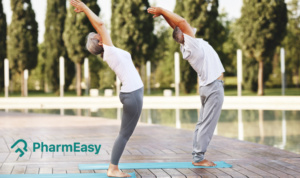

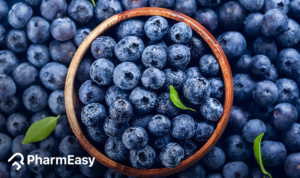
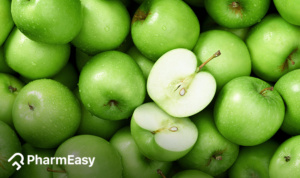
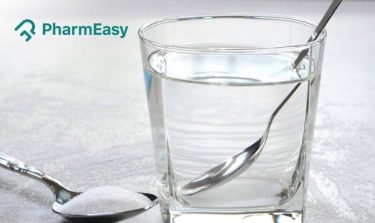



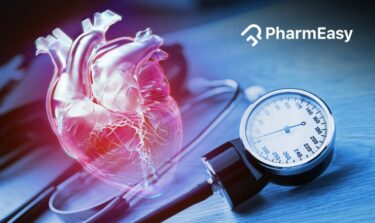

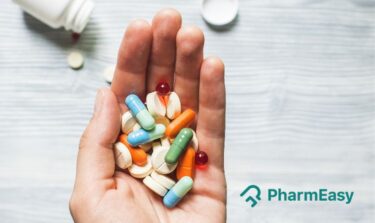

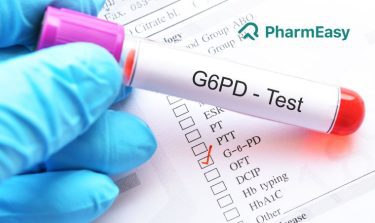
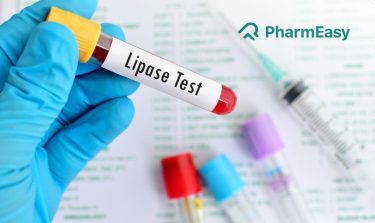

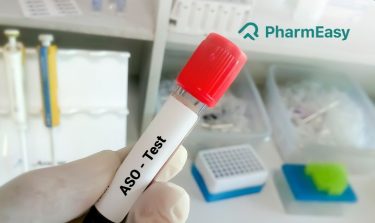

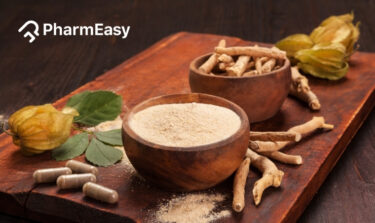
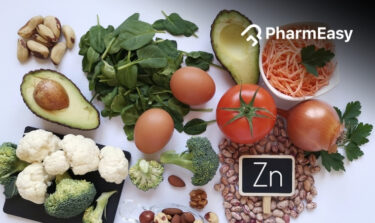
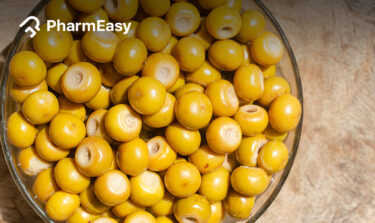
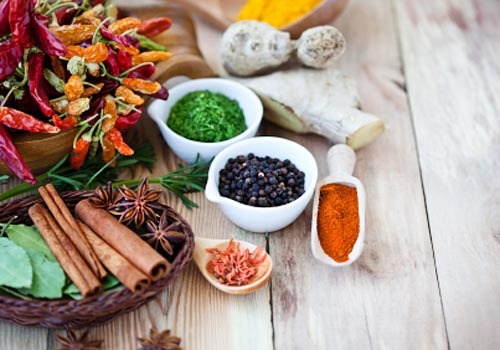
Comments